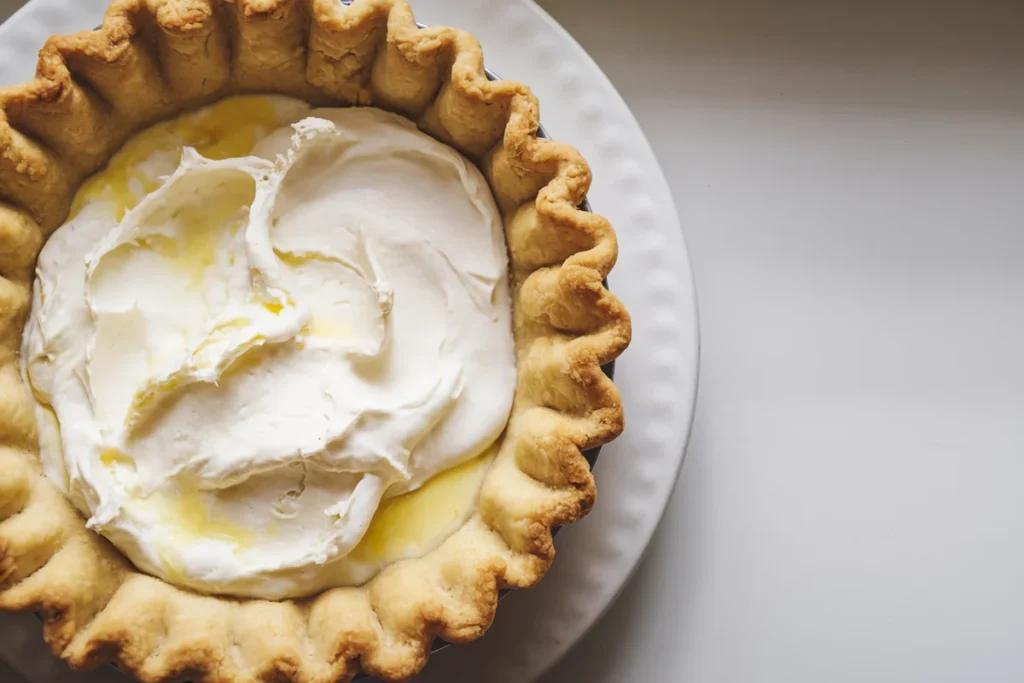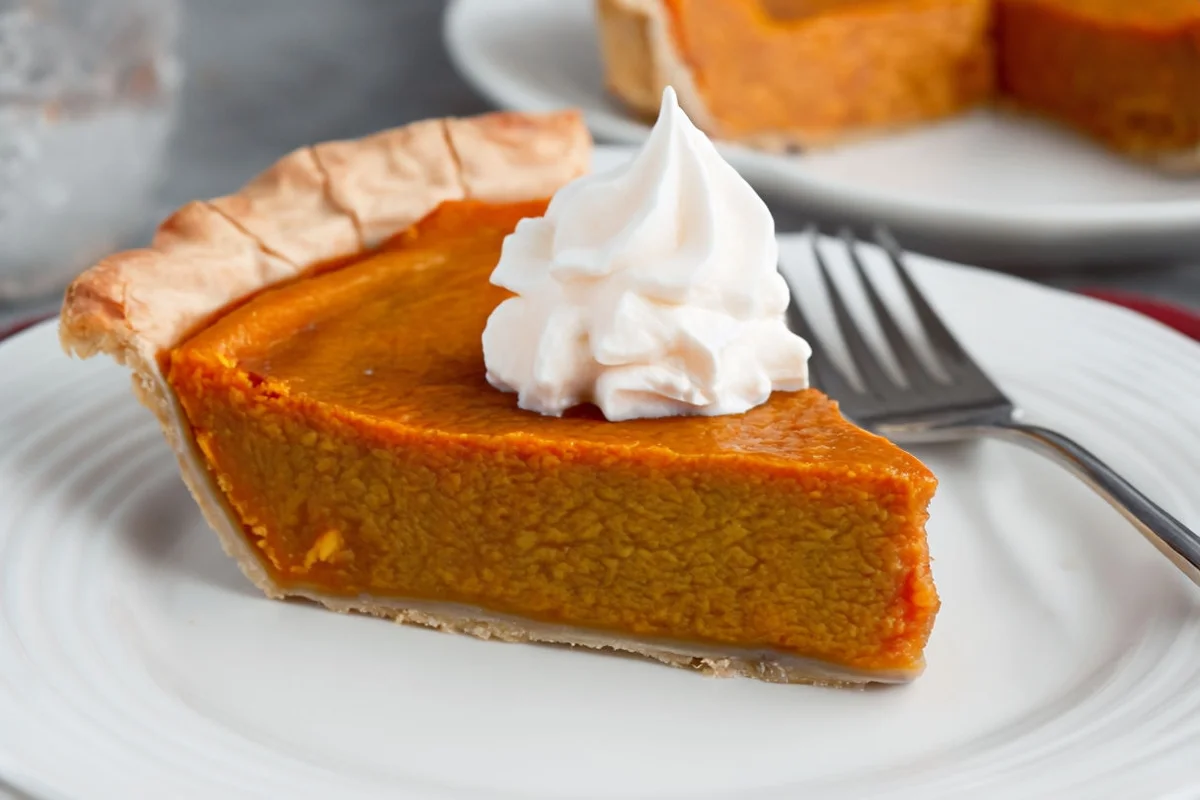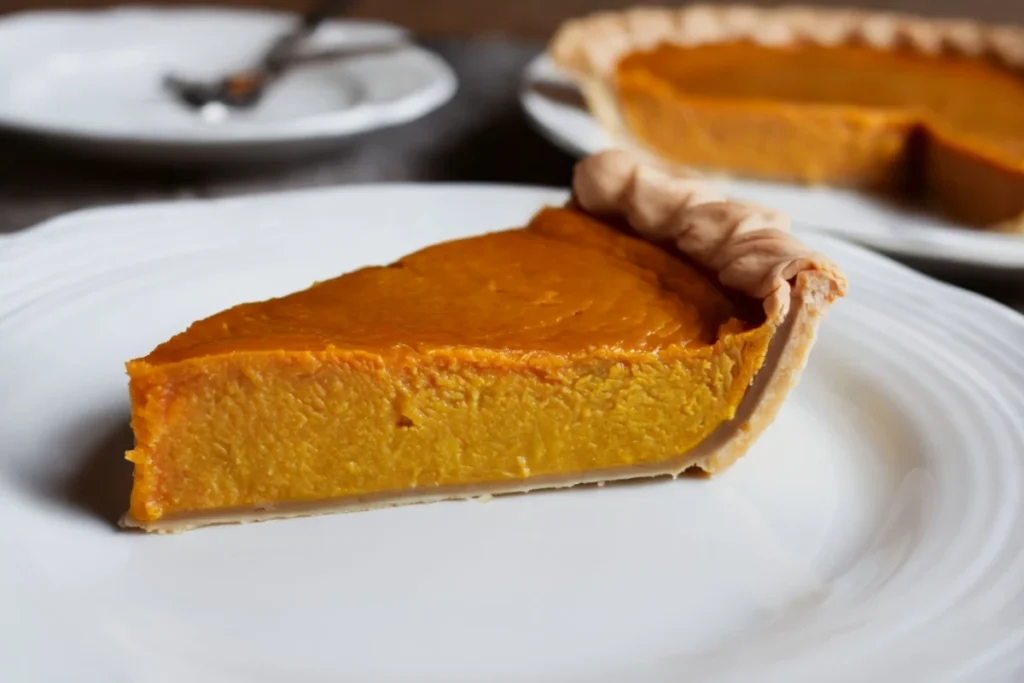There’s nothing worse than baking a sweet potato pie with a beautiful golden crust only to find it soggy after you cut the first slice. This common issue can ruin even the most delicious pie. But don’t worry, there are plenty of simple techniques to ensure your pie crust stays crisp and flaky. In this guide, we’ll explore tips and tricks on how to keep sweet potato pie crust from getting soggy.
Understanding Why Sweet Potato Pie Crust Gets Soggy
Before diving into solutions, it’s important to understand the common reasons behind a soggy crust:
- Moisture content in sweet potatoes: Sweet potatoes naturally contain a lot of water, which can seep into the crust during baking. Sweet potatoes naturally contain a lot of water, which can seep into the crust during baking. However, adding buttermilk to the filling can complement the flavor, as seen in this Buttermilk Sweet Potato Pie Recipe.
- Custard-like fillings: Sweet potato pie filling is often a custard base, and if not properly thickened, it can easily leak into the crust, causing it to become soggy.
Both of these factors mean that extra care is needed when baking sweet potato pies. But, with a few extra steps, you can ensure your pie crust remains crispy and delicious.
Choose the Right Crust for Sweet Potato Pie
The type of pie crust you use plays a huge role in preventing sogginess. For sweet potato pie, it’s essential to pick a crust that’s sturdy enough to withstand the moisture of the filling.
- Butter: Offers the best flavor but can soften quickly if not handled correctly.
- Lard or shortening: These fats provide a flakier texture and are less likely to become soggy compared to butter-based crusts.
The Importance of Blind Baking
One of the most effective ways to prevent a soggy bottom is to blind bake your pie crust. Blind baking simply means pre-baking the crust before adding the filling. Here’s how to do it:
- Roll out your pie dough and place it in the pie pan.
- Cover the crust with parchment paper and fill it with pie weights, dried beans, or uncooked rice to prevent the dough from puffing up during baking.
- Bake the crust for about 15 minutes at 375°F (190°C) until the edges are golden.
- Remove the weights and bake for another 5-10 minutes to fully cook the bottom.
Blind baking helps create a barrier between the filling and the crust, ensuring the bottom stays crisp. For a complete step-by-step guide to blind baking, check out this article from Masterclass.
Brushing the Crust for Extra Protection

An additional layer of protection for your crust can be as simple as brushing it with an ingredient that creates a moisture barrier. You can use:
- Egg whites: Brush a thin layer of beaten egg white over the crust after blind baking. This creates a seal that prevents moisture from seeping into the dough.
- Corn syrup: Similarly, brushing the bottom crust with a little corn syrup can help keep it dry.
- Melted chocolate: For a sweet twist, some bakers brush melted chocolate on the crust before adding the filling. This is especially effective if you enjoy the flavor combination of chocolate and sweet potato.
This step adds an extra layer of defense against sogginess, ensuring your crust remains firm and flaky.
Preheat Your Baking Sheet or Pizza Stone
One of the simplest tricks to avoid a soggy crust is to place your pie on a preheated baking sheet or pizza stone. This method works by rapidly heating the bottom of the pie, encouraging the crust to cook and harden before any moisture from the filling has time to penetrate.
Here’s how to do it:
- Place a cookie sheet or pizza stone in the oven while it preheats.
- When the pie is ready, carefully place the pie on the hot sheet and bake as usual.
This technique is especially helpful if you’re using a glass or ceramic pie pan, as these materials don’t conduct heat as efficiently as metal pans.
Use Pie Weights for Even Cooking
When blind baking, pie weights are crucial for ensuring that the crust cooks evenly and doesn’t puff up or shrink. Common options for pie weights include:
- Ceramic pie weights
- Dried beans or rice
- Metal pie weights
By weighing down the crust, you can ensure it stays flat and cooks evenly, allowing you to add the filling without worrying about sogginess.


